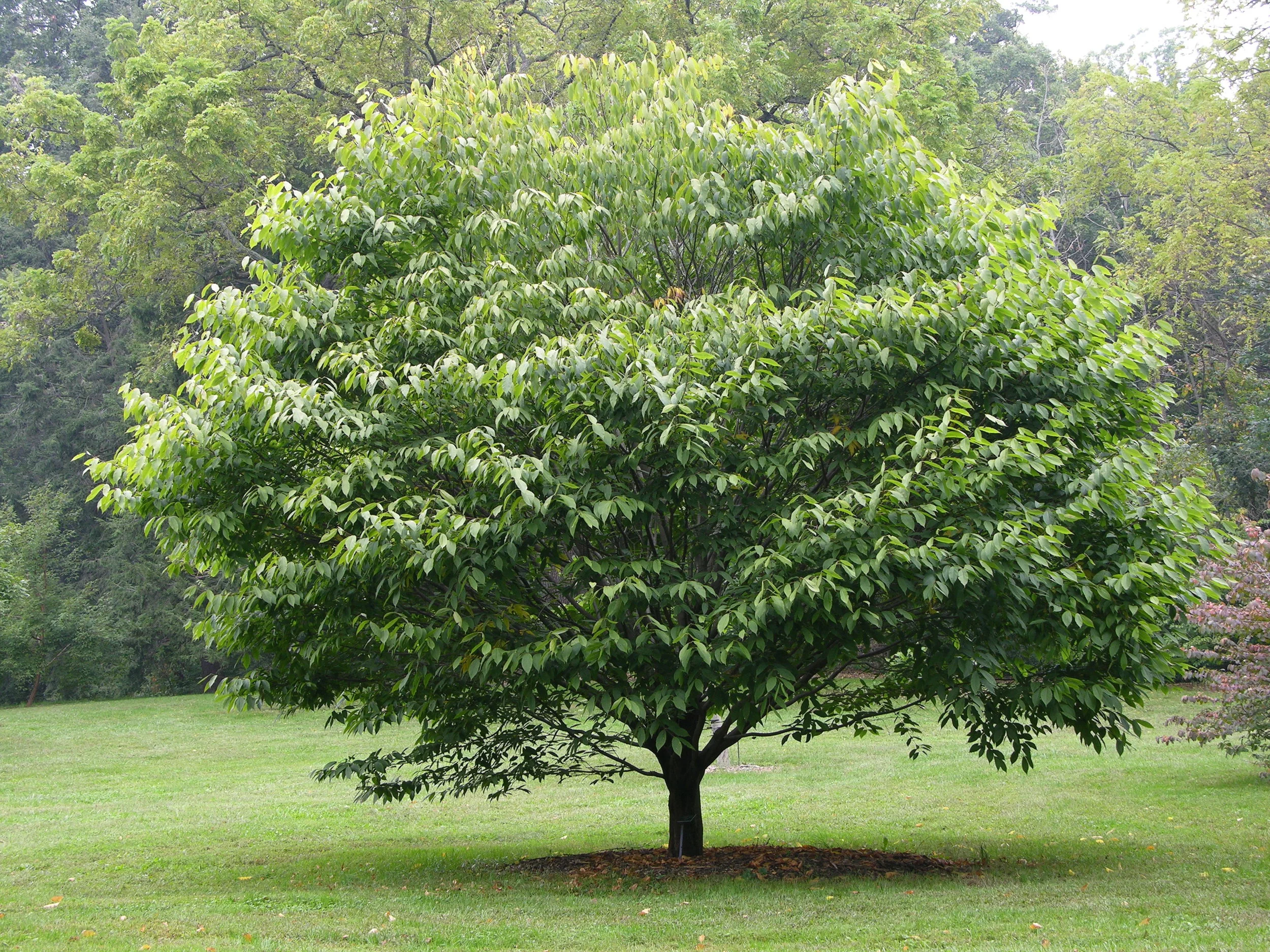Photo by Abrahami licensed under CC BY-SA 2.5
I love being humbled by plant ID. Confusion usually means I am going to end up learning something new. This happened quite recently during a trip through The Morton Arboretum. Admittedly trees are not my forte but I had spotted something that seemed off and needed further inspection. I was greeted by a small tree with leaves that screamed "birch family" (Betulaceae) yet they were opposite. Members of the birch family should have alternately arranged leaves. What the heck was I looking at?
It didn't take long for me to find the ID tag. As a plant obsessed person, the information on the tag gave me quite the thrill. What I was looking at was possible the strangest maple on the planet. This, my friends, was my first introduction to Acer carpinifolium a.k.a the hornbeam maple.
Photo (c)2006 Derek Ramsey (Ram-Man) licensed under CC BY-SA 2.5
The hornbeam maple is endemic to Japan where it can be found growing in mountainous woodlands and alongside streams. Maxing out around 30 feet (9 m) in height, the hornbeam maple is by no means a large tree. It would appear that it has a similar place in its native ecology as other smaller understory maples do here in North America. It blooms in spring and its fruits are the typical samaras one comes to expect from the genus.
It probably goes without saying that the thing I find most fascinating about the hornbeam maple are its leaves. As both its common and scientific names tell you, they more closely resemble that of a hornbeam (Carpinus spp.) than a maple. Unlike the lobed, palmately veined leaves of its cousins, the hornbeam maple produces simple, unlobed leaves with pinnate venation and serrated margins. They challenge everything I have come to expect out of a maple. Indeed, the hornbeam maple is one of only a handful of species in the genus Acer that break the mold for leaf shape. However, compared to the rest, I think its safe to say that the hornbeam maple is the most aberrant of them all.
Photo by Qwert1234 licensed under CC BY-SA 3.0
Not a lot of phylogenetic work has been done on the relationship between the hornbeam maple and the rest of its Acer cousins. At least one study suggests that it is most closely related to the mountain maple of neartheastern North America. More scrutiny will be needed before anyone can make this claim with certainty. Still, from an anecdotal standpoint, it seems like a reasonable leap to make considering just how shallow the lobes are on mountain maple leaves.
Regardless of who it is related to, running into this tree was truly a thrilling experience. I love it when species challenge long held expectations of large groups of plants. Hornbeam maple has gone from a place of complete mystery to me to being one of my favorite maples of all time. I hope you too will get a chance to meet this species if you haven't already!



